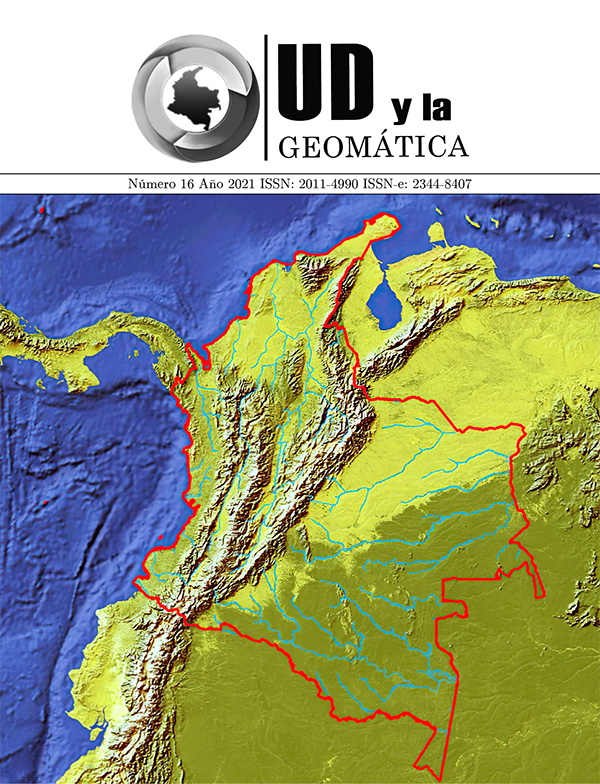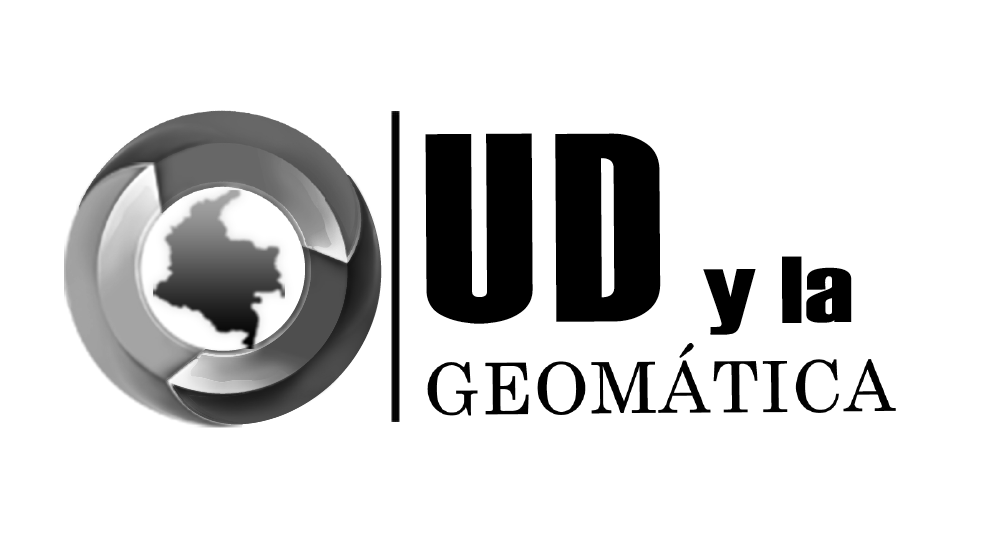DOI:
https://doi.org/10.14483/23448407.17347Publicado:
2020-12-14Número:
Núm. 16 (2021)Sección:
Artículo de investigación científica y tecnológicaRed de infraestructura verde para Bogotá como apoyo al cumplimiento de los Objetivos de Desarrollo Sostenible
Green infrastructure network for Bogotá as support for the fulfillment of Sustainable Development Objectives
Palabras clave:
: Infrastructure, green, Rafael Uribe Uribe Town, Sustainable Development Goals (en).Palabras clave:
Infraestructura, verde, Localidad Rafael Uribe Uribe, Objetivos de Desarrollo Sostenible (es).Descargas
Resumen (es)
Las Naciones Unidas en el año 2016 presentó el documento sobre los Objetivos de Desarrollo Sostenible (ODS) cuya meta es el año 2030 reducir la inequidad global. En el marco del Objetivo de Desarrollo Sostenible 11 “ciudades y comunidades sostenibles” el objetivo de este trabajo es mostrar la importancia que tiene para la población y para el medio ambiente, tener espacios dentro de la ciudad donde haya un equilibrio entre infraestructura gris y la llamada infraestructura verde. En Bogotá este equilibrio es difícil de encontrar teniendo en cuenta que no ha sido planeada en función del medio ambiente. Este artículo presenta la metodología desarrollada para el diseño de una red de infraestructura verde en la ciudad, estableciendo cuatro componentes: agua, áreas de protección, espacios verdes y o recreativos y movilidad no motorizada y tomando como caso de estudio la Localidad Rafael Uribe Uribe. A partir de estos componentes se hace un análisis de la ausencia de cada uno de ellos y también los espacios verdes existentes. Posteriormente se incluyen nuevos elementos para tener mayor cobertura, generando un modelo que permita determinar las características de la red infraestructura verde a implementar en la localidad.
Resumen (en)
The United Nations in 2016 presented the document on the Sustainable Development Goals (SDG) whose goal is at the year 2030 to reduce global inequalities. Within the framework of Sustainable Development Goal 11 "sustainable cities and communities" the objective of this work is to show the significance for the population and the environment having spaces within the city where there is a balance between gray infrastructure and green infrastructure. In Bogotá, this balance is difficult to find, considering that the city was not planned focused on the environment. This article presents the methodology developed for the design a green infrastructure network in the Bogotá, establishing four components: water, protection areas, green and recreational spaces and non-motorized mobility; taking as a case of study the Rafael Uribe Uribe Locality. From these components an analysis is made regarding the absence of each of them, and the existing green spaces as well. Subsequently, new elements are included to have larger coverage, generating in this way a model that allows determining the characteristics of the green infrastructure network to be implemented in the locality.
Referencias
Instituto Distrital de Gestión de Riesgos y Cambio Climático IDIGER. (2018). Caracterización General del Escenario de Riesgo por Movimientos en Masa en Bogotá. Recuperado a parir de http://www.idiger.gov.co/rmovmasa
Instituto Distrital de Gestión de Riesgos y Cambio Climático IDIGER. (2018). Caracterización General de Escenario de Riesgo por Inundación. Recuperado a parir de http://www.idiger.gov.co/rinundacion
Moreno, O., Lillo, C., & Garate, V. (2014). La infraestructura verde como espacio de integración. En XI Simposio de la Asociación Internacional de Planificación Urbana y Ambiente (UPE 11) (La Plata, 2014). Recuperado a partir de http://sedici.unlp.edu.ar/handle/10915/53434
United Nations. (2015). Sustainable development goals. Obtenido de http://www.un.org/sustainabledevelopment/infrastructure-industrialization/
Secretaria Distrital de Cultura recreación y Deportes. (2008). Localidad Rafael Uribe Uribe Ficha Básica, 81. Recuperado a partir de http://www.culturarecreacionydeporte.gov.co/observatorio/documentos/localidades/ rafaelUribe.pdf
Cómo citar
APA
ACM
ACS
ABNT
Chicago
Harvard
IEEE
MLA
Turabian
Vancouver
Descargar cita
Licencia
La revista UD y la Geomática se encuentra bajo una licencia Creative Commons - 2.5 Colombia License.
Atribución - No Comercial - Sin Derivadas





